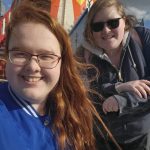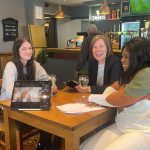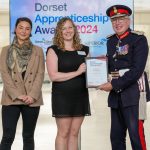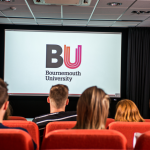 Produced by Guest blogger
Produced by Guest blogger
This is a guest blog by Velvet Johnson, who is studying BSc (Hons) Nutrition.
Hi, I’m Velvet. I just turned 20 this summer and I’m currently in my third year studying a BSc in Nutrition at Bournemouth University. I chose to study here because the modules within the Nutrition Course looked varied and interesting and were also accompanied by a high student satisfaction rate. The past few years have been amazing, with opportunities to study both in and outside of the classroom. Having the opportunity to travel to India for my second-year placement at university meant that I could develop my intercultural personal skills, meet new people, and get a better understanding of clinical practices in nutrition.
During my placement to Sri Ramachandra Institute of Higher Education and Research (SRIHER) in Chennai, India, I attended lectures at non-governmental organisations, such as the National Agro Foundation (NAF), as well as lectures within the university. I also had the opportunity to shadow clinical nutritionists on hospital wards in both public and private settings at SRIHER, observing the implementation of screening tools, bedside manner, and sensitive communication. Towards the end, I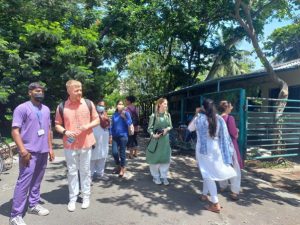 participated in a recorded discussion on campus surrounding the differences and similarities between UK and Indian exercise and nutrition guidelines, as well as independently researching around India’s food standards and legislation. After the trip, I created a presentation and built a website, communicating my reflective experience and strengthening my communication and public-speaking skills.
participated in a recorded discussion on campus surrounding the differences and similarities between UK and Indian exercise and nutrition guidelines, as well as independently researching around India’s food standards and legislation. After the trip, I created a presentation and built a website, communicating my reflective experience and strengthening my communication and public-speaking skills.
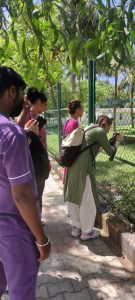 Challenges like the heat were hard to overcome some days, especially when travelling or working long hours in the university hospital when they didn’t have air-conditioning or fans. The visa application was also quite challenging to navigate, but I’ve now come away feeling more capable in my abilities to independently plan and organise trips in the future.
Challenges like the heat were hard to overcome some days, especially when travelling or working long hours in the university hospital when they didn’t have air-conditioning or fans. The visa application was also quite challenging to navigate, but I’ve now come away feeling more capable in my abilities to independently plan and organise trips in the future.
Through this trip, I learnt a completely different side to nutrition, both in the sense that I was learning in a clinical setting and also in a different culture to my own. Cultural development is so important to be aware of, especially in healthcare settings and I think that has been one of the most valuable skills this placement has taught me. Being able to apply my academic knowledge practically and going through the process of how to actually translate theoretical skills to real-world scenarios will also stand me in great stead for future opportunities, like applying for a MSc in dietetics, which embodies the utilisation of this skillset.
If you’re thinking of applying to study a BSc in Nutrition, I would definitely recommend this course, not only for the excellent experiences you can have, whether that be on small-scale farm trips or sandwich-year placements, but also for the friendships you make, the brilliant and engaging lecturers, and the modules that’ll carry you on into your career.
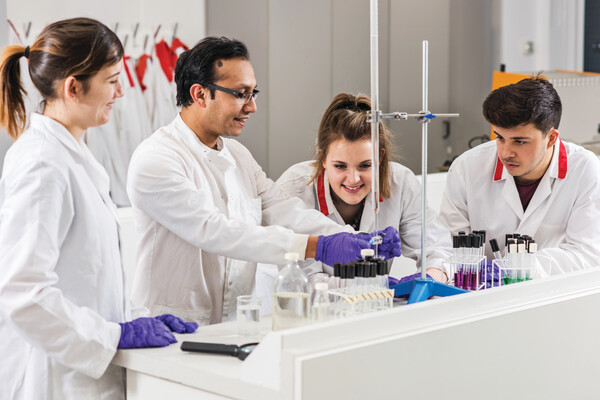
 Adult nursing student Kayleigh highlights the positives among the negative press
Adult nursing student Kayleigh highlights the positives among the negative press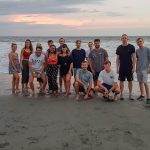 Why study BSc (Hons) Geography at BU
Why study BSc (Hons) Geography at BU 2020 – the challenging yet rewarding year for the student nurse
2020 – the challenging yet rewarding year for the student nurse Life as a student paramedic during the pandemic
Life as a student paramedic during the pandemic


